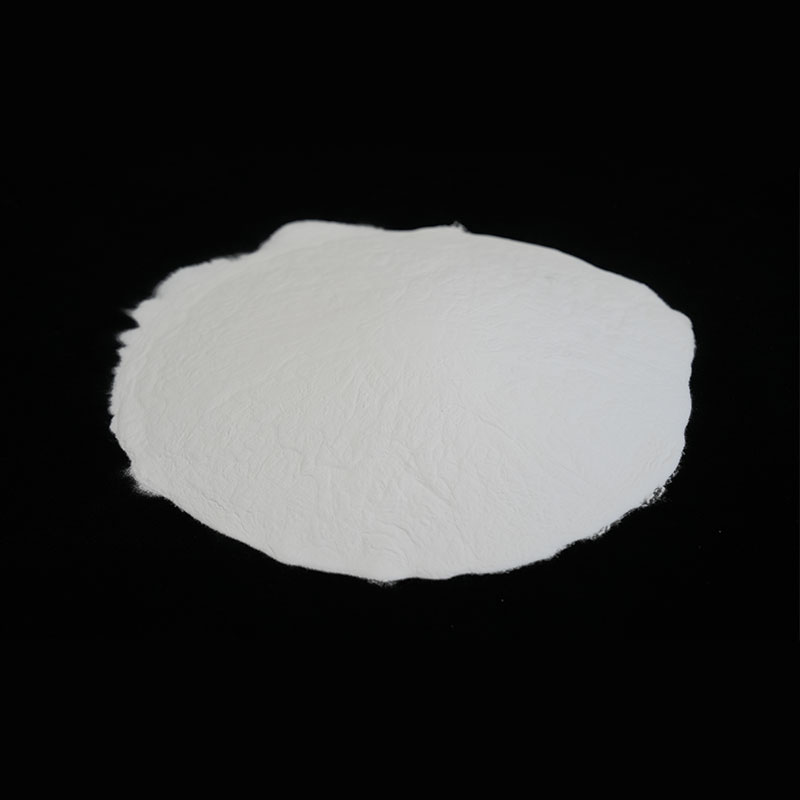Despite their numerous advantages, ceramic alloy powders face several challenges that must be addressed to fully realize their potential. Simultaneously, ongoing research and development efforts continue to uncover exciting possibilities for future applications.
Technical Challenges
One of the primary challenges in working with ceramic alloy powders is achieving homogeneous distribution of the ceramic phase within the metallic matrix. Non-uniform dispersion can lead to defects such as porosity, cracking, or weak interfaces, compromising the material's overall performance. To overcome this issue, researchers are refining powder synthesis techniques, such as high-energy ball milling and plasma spraying, to ensure consistent particle size and distribution.
Another challenge is the brittleness of ceramic alloy composites. While the addition of a metallic phase improves toughness, it does not entirely eliminate the risk of fracture under extreme conditions. Scientists are investigating novel reinforcement strategies, such as incorporating graphene or carbon nanotubes, to enhance fracture resistance without sacrificing other desirable properties.
Cost is another significant barrier to widespread adoption. The production of high-quality ceramic alloy powders often involves expensive raw materials and sophisticated equipment. Efforts are underway to develop cost-effective alternatives and scalable manufacturing processes to make these materials more accessible.

Emerging Trends and Opportunities
Looking ahead, several emerging trends indicate a bright future for ceramic alloy powders. One notable trend is the integration of artificial intelligence (AI) and machine learning into material design and optimization. AI-driven algorithms can predict the behavior of different compositions and processing parameters, accelerating the development of next-generation materials.
Additionally, there is growing interest in multifunctional ceramic alloy powders that combine multiple desirable attributes, such as self-healing capabilities, shape memory effects, or adaptive responses to external stimuli. These smart materials hold immense promise for applications in robotics, wearable devices, and intelligent infrastructure.
Space exploration represents another frontier for ceramic alloy powders. As humanity ventures further into space, there is an increasing demand for materials capable of withstanding harsh extraterrestrial environments. Ceramic alloy-based components could play a crucial role in building spacecraft, habitats, and life support systems designed for long-duration missions.


 English
English русский
русский عربى
عربى

















